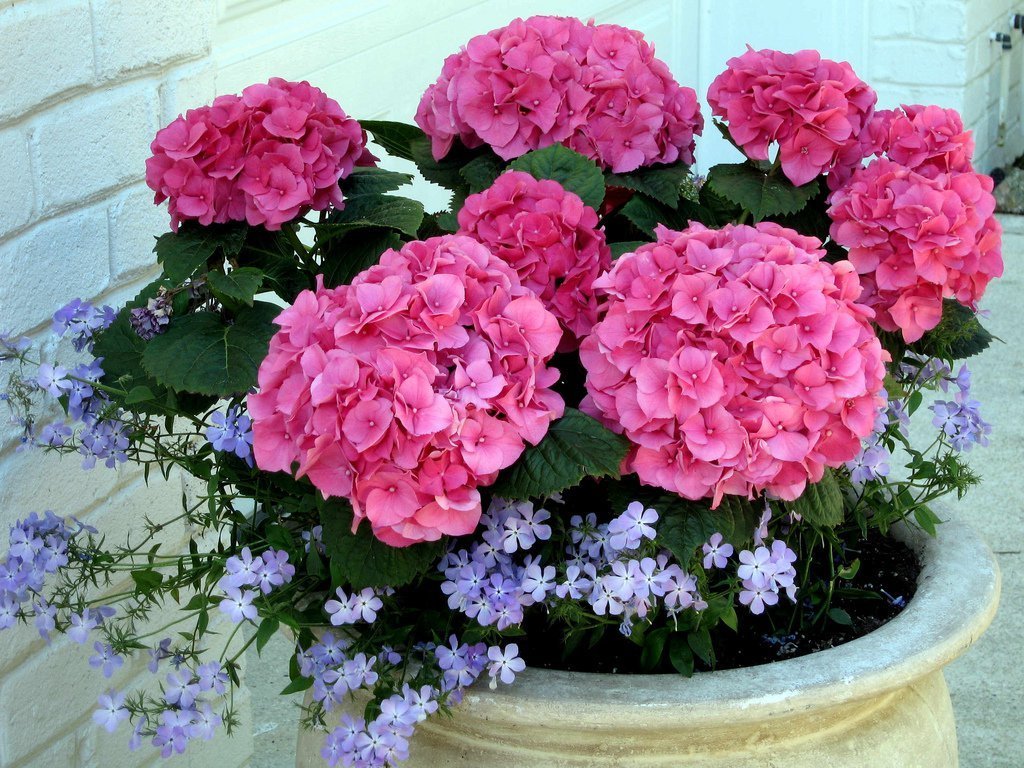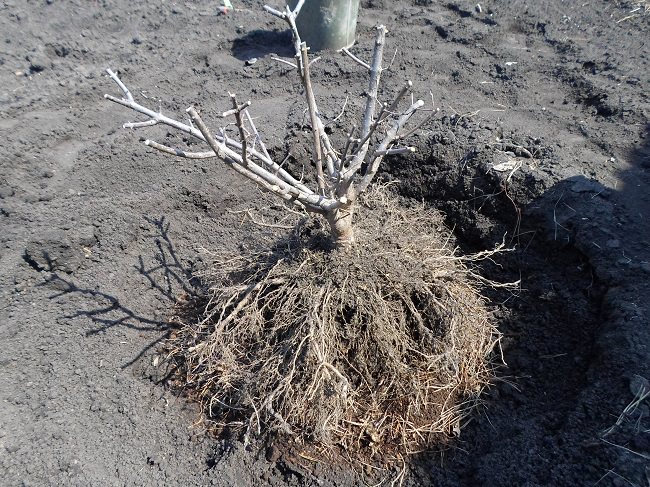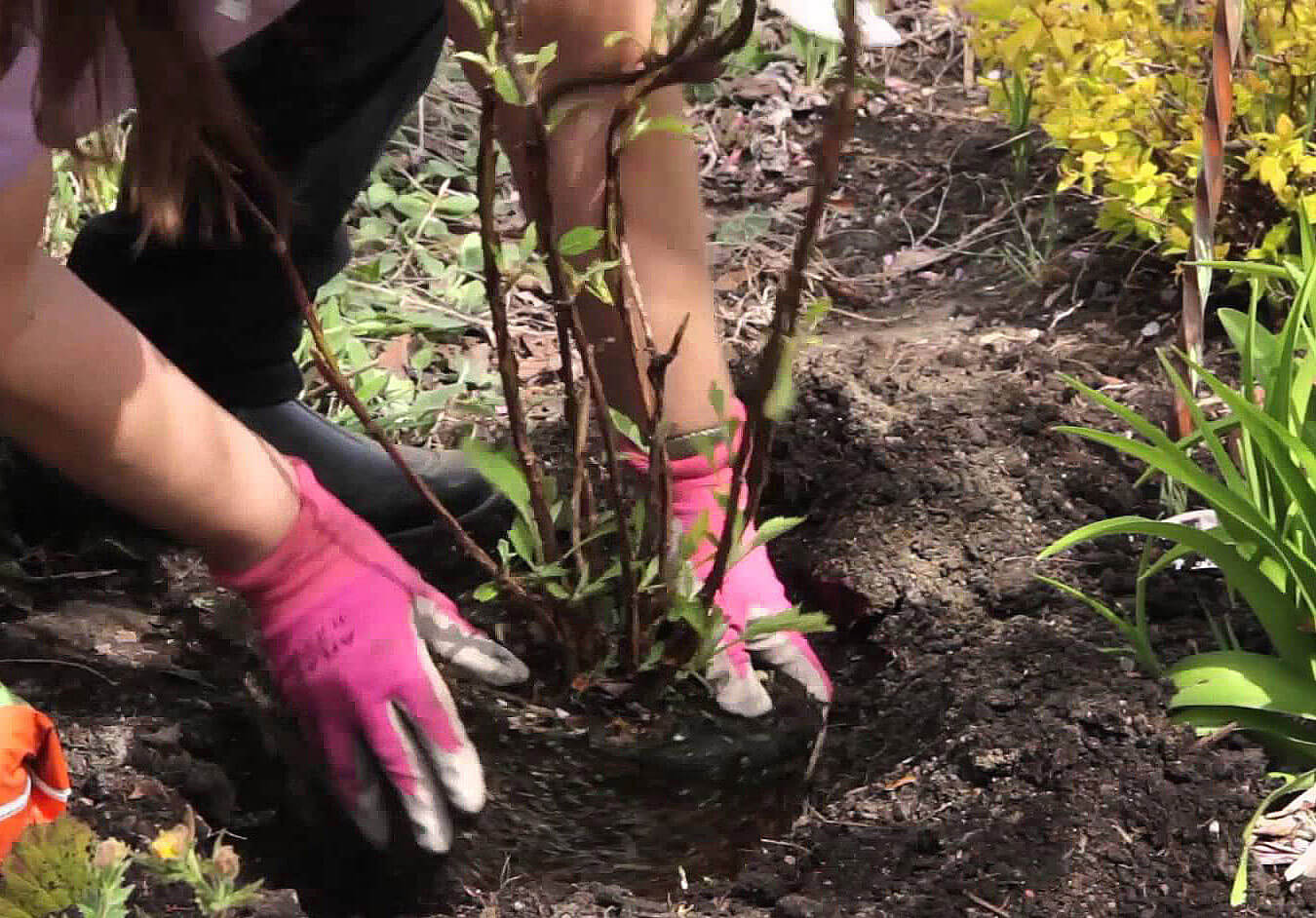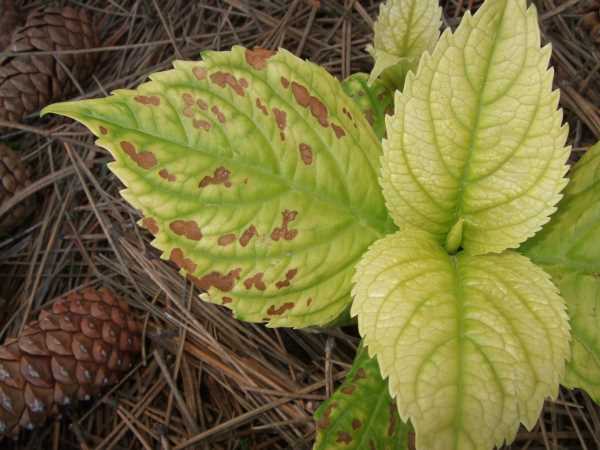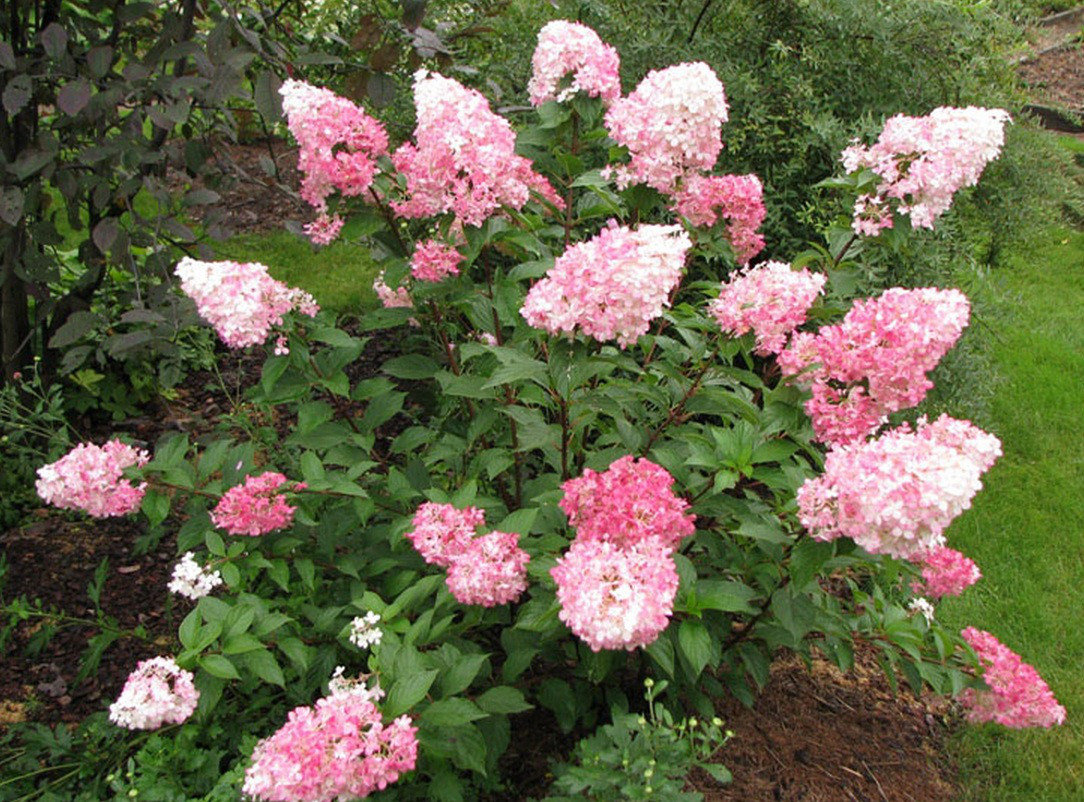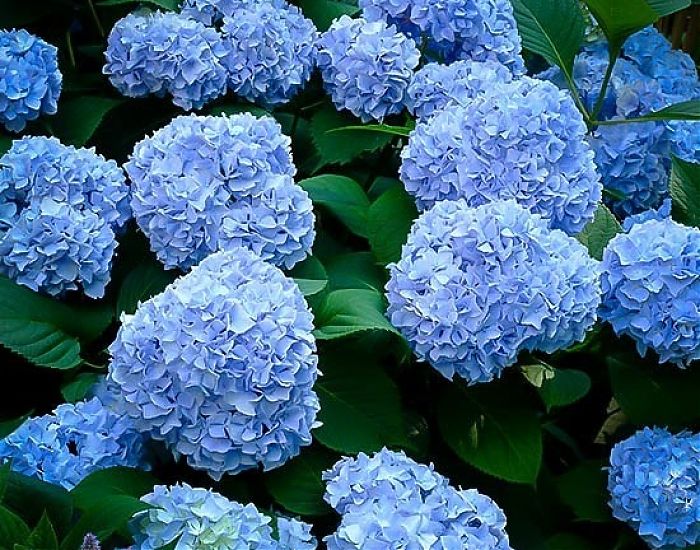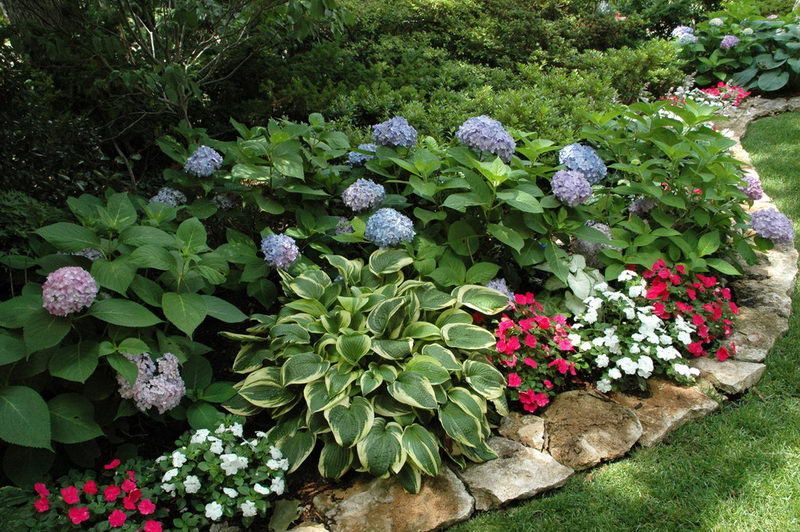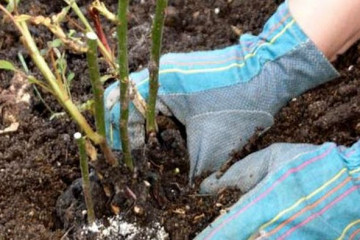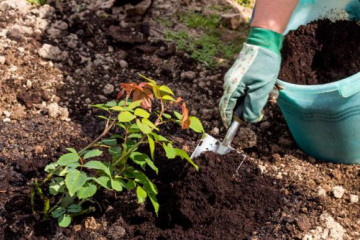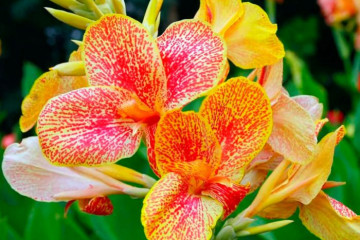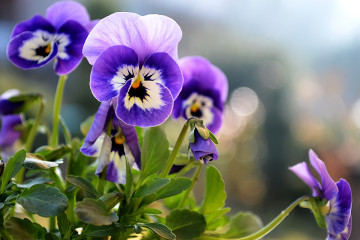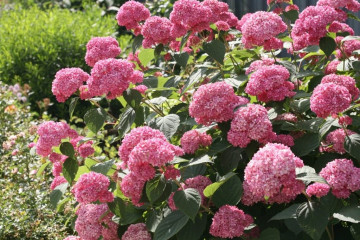Planting hydrangeas outdoors in spring
Content:
- Planting hydrangeas outdoors in spring
- What to do if hydrangea is frozen in spring
- Top dressing of hydrangeas in paniculate and tree-like spring
- Preparing for cold weather in the open field
- Panicle hydrangea for Siberia
- Other frost-resistant varieties of hydrangea for Siberia
- Compositions with hydrangea in landscape design
Hydrangea is one of the long-flowering plants belonging to the hydrangea family. The flower has another name - hydrangea. There are many varieties of it. Some feel great in indoor conditions, others grow and bloom only in the open field. To grow hydrangea on your site, you should study the needs of the shrub, determine the type, prepare optimal conditions for growth and development.
Basically, it is shrubs that are grown in Russia. Although in nature you can find climbing hydrangeas, and even trees. A gardener can choose an evergreen hydrangea or a deciduous variety. Despite the fact that all species belong to the same family, caring for each of them has its own nuances and characteristics.
You can propagate a flower by cuttings, seeds, dividing a bush, layering. It is quite difficult and long-term to grow hydrangea from seeds, therefore, most often, amateur gardeners do not use this method. In the spring, cuttings are planted in open ground.
Hydrangea seedlings come with a bare root system and a closed one. Bare roots take longer to adapt to new soil. A good cutting will have a strong and well-developed root system.
Different plant varieties have different resistance to low temperatures. Most of the frost-resistant varieties belong to the panicle hydrangea. They do not require shelter for the winter. Some other types of hydrangea will not survive air temperatures below -5 ° C.
Planting hydrangeas outdoors in spring
Planting panicle hydrangea in open ground is carried out in spring and autumn. As a rule, in the southern regions of the Russian Federation, the shrub is planted in early October. In the north of the country, hydrangea is planted in the spring. This is due to climatic conditions, namely low soil and air temperatures.
In order for a plant to take root and take root, it takes time. The period from mid-April to October is considered sufficient for the flower to adapt to the conditions in which it was placed.
Many gardeners are trying to plant hydrangeas closer to water bodies. The plant loves moisture very much. Translated from Latin, the name of the flower means "a jug of water." This definition was not invented by scientists by chance. Hydrangea is a very moisture-loving plant.
Choosing a place and soil for planting
The choice of a place for planting hydrangeas should be taken very responsibly. The site should be in the shade during the midday sun. Otherwise, the plant will later release color, the inflorescences will not be so full, and they will not last so long on the branches.
Hydrangea prefers acidic soil. For this reason, the flower is not fertilized with ash.
Before planting, the soil is prepared. For the hydrangea to develop well, it must be loamy. In most cases, it is mixed with peat or sand.At the bottom of the planting pit, a drainage layer is laid, consisting of expanded clay or gravel. The drainage layer will prevent water from stagnating.
Landing pit and soil
For the hydrangea, a planting hole is dug with a diameter of about 60 cm.Its depth can be about 30 cm, but much depends on the volume of the root system. The roots in the planting pit should be free. Fertilizers are applied to the empty pit. They can be both mineral and organic. The earth is sprinkled with peat and sand.
Expanded clay, crushed stone or pebbles are laid out on the bottom. Before planting the hydrangea, its roots are cut a little. As a rule, no more than 2 cm is cut off. After shortening the roots, they must be carefully positioned on the drainage in the hole and covered with earth. In this case, the earth must be compacted by hand in order to exclude the formation of air voids.
How to plant a plant
If a young plant is planted, special attention should be paid to creating diffused light for the flower. Older hydrangeas better perceive a large amount of sunlight.
Planting hydrangeas next to other shrubs or trees is not recommended. In such conditions, the hydrangea will not receive enough moisture and light, which is necessary for its harmonious development. A distance of about 3m will be suitable for plants.
If the roots of the hydrangea to be planted in the open ground are dry, the cuttings can be dipped in a bucket of water. Growth stimulants can be added to the water. Cuttings can be in a bucket for up to 12 hours. Can be left overnight.
What to do if hydrangea is frozen in spring
If the planting in the open ground of the hydrangea was carried out before the last frost, and after planting the bush was not covered or insulated, the plant could freeze slightly. What to do if hydrangea is frozen in spring? In order to prevent the bush from dying, a number of activities should be carried out, such as:
- Cover the root circle with dry mulch consisting of peat or compost;
- Cover the seedling itself with a plastic box in which air circulates. It is recommended to cover the box with agrofibre. As soon as the threat of frost has passed, the fiber can be removed;
- All the time that hydrangea is under agrofibre, it needs abundant watering;
- It is advisable to ensure that direct sunlight does not fall on the plant.
After completing these steps, it will be possible to observe how the dormant buds release greens. With severe frostbite after resuscitation, hydrangea can shoot arrows from the root.
Top dressing of hydrangeas in paniculate and tree-like spring
Hydrangea well accepts various kinds of feeding. In the spring, manure, phosphorus-potassium fertilizers, nitrogen fertilizers, humates, etc. are used as them. Particular attention should be paid to the gland, with a lack of which the hydrangea is attacked by a disease called chlorosis.
Correctly selected top dressing of hydrangeas in paniculate spring will help the plant bloom luxuriantly for a long period of time.
To feed the tree and panicle hydrangea, you can use organic matter. It is necessary to increase the immunity of the plant, the saturation of the color of the leaves and buds, as well as to increase the diameter of the inflorescences.
Preparing for cold weather in the open field
After the hydrangea has faded, you can begin to carry out the necessary measures to prepare the plant for the cold weather. First of all, it is recommended to apply fertilizer to the root circle. For the autumn period, potassium sulfate and superphosphate are suitable.
The shrub is stopped to water, as at this time of the year the air humidity and the amount of rain increase.
Pruning and sheltering for the winter
In the middle of autumn, the hydrangea needs pruning. Pruning is necessary so that in winter the branches under the layers of snow do not break. Also in the fall, shrubs are thinned out, all dry and diseased branches are removed.
In autumn, only faded inflorescences are removed from panicle hydrangea. Treelike hydrangea is never pruned to the very root. Large-leaved hydrangea only needs pruning of inflorescences. If you cut off the shoots of the past or this year, you can easily lose flowering next season.
Panicle hydrangea for Siberia
In Siberia, varieties of panicle hydrangea are widespread. Its peduncles are cone-shaped. The height of the plant is about 1 m 60 cm. The bush of the panicle hydrangea is not as lush as in other varieties, but each of its shoots ends in branches with lush inflorescences. Paniculata hydrangea in Siberia blooms from mid-July to October. At the end of September, the peduncles become pink.
Frost-resistant varieties of panicle hydrangea include:
- Vanilla Fresh. It reaches a height of 1 m 50 cm. The cone-shaped inflorescences have a gradient color. The base of the inflorescence is most often creamy, the middle is pink, the pointed end is crimson. Blooms from mid-summer to early October. Withstands temperatures up to -22⁰С. In cold winters, it must be transplanted into a pot and left to winter in the basement.
- Limelight is a variety that can withstand frost down to -30⁰C. An ornamental variety with lemon-colored inflorescences. In severe winters, the plant is sheltered. Limelight hydrangea grows up to 1 m 80 cm in height and up to 1 m 20 cm in width.
Other frost-resistant varieties of hydrangea for Siberia
Not only panicle hydrangea is suitable for Siberia. There are frost-resistant varieties both among the treelike hydrangea and among the large-leaved ones.
Treelike hydrangea varieties that are resistant to low air temperatures:
- Annabelle is a short plant, no more than 120 cm, blooming with white inflorescences. Transfers temperatures down to -28⁰С. At lower temperatures, it needs to be transplanted into a separate container and transferred to the basement.
- Strong Annabelle is a common hydrangea species in Siberia. The shape of the inflorescences differs from the standard ones. Most often they look like a dome. The flowers are large, white. By the end of flowering, they acquire a slightly greenish tint. Transfers temperatures down to -34⁰С. The plant is 1 m 50 cm high.
Varieties of frost-resistant large-leaved hydrangea:
- Schloss Wackerbart - transfers temperatures down to -28⁰С. It is grown outdoors in the southern part of Siberia. It does not require transplanting for a colder period; it will be enough to provide the plant with a dry shelter. It reaches a height of 1 m 30 cm. The color of the plant changes constantly. Flowering period is 2.5 months, from mid-summer to late September.
- Forever & Ever - reaches a height of 1 m.At the beginning of flowering, it has a bluish tint, which becomes a deep blue by mid-September. For the winter period requires a potting or shelter. Withstands temperatures up to -25⁰С.
One should not be afraid to plant these varieties in the Urals. Due to the similar climatic conditions, they will bloom well.
Compositions with hydrangea in landscape design
Gardeners very often use hydrangea to decorate their site. Its advantage is the variety of forms of inflorescences, which makes it possible to effectively combine with many plants, making compositions with hydrangea in landscape design unique.
Curly varieties of hydrangea are used to create vertical flower beds. In addition to the decorative design of the site, climbing varieties provide additional protection to other plants during low temperatures. Recently, climbing varieties of hydrangea have been successfully used in landscape design by residents of the Moscow region.
Hydrangea and hosta
In landscape design, hydrangeas are often combined with hosta. These two plants are very fond of moisture, so their combination is very important in any area. In addition, the tall hydrangea bushes create penumbra for the hosts, in which the latter develops well.
Since the hydrangea has a bright green leaf color, a hostu is placed next to it, which has a gray and light green color. For contrast, hydrangea varieties with white or cream peduncles are planted next to the hosts.
Hydrangea garden
Hydrangeas can be planted as single bushes or in group plantings. In order for the plants to look spectacular and not interfere with each other's growth, they are planted at a distance of 1 m from each other. You can dilute the hydrangea garden with roses, irises, astilba.
Curly varieties will stand out well against the background of clematis. In the design of the garden, plants with different colors are selected with hydrangeas. The most important thing is to decide which variety is most suitable for a particular site.
Hydrangea is able to decorate and highlight any corner of the site. A riot of colors helps to focus attention on a specific area. Hydrangea is one of the 10 plants in Russia that can withstand low temperatures, therefore it is used in different climatic zones of the country.
